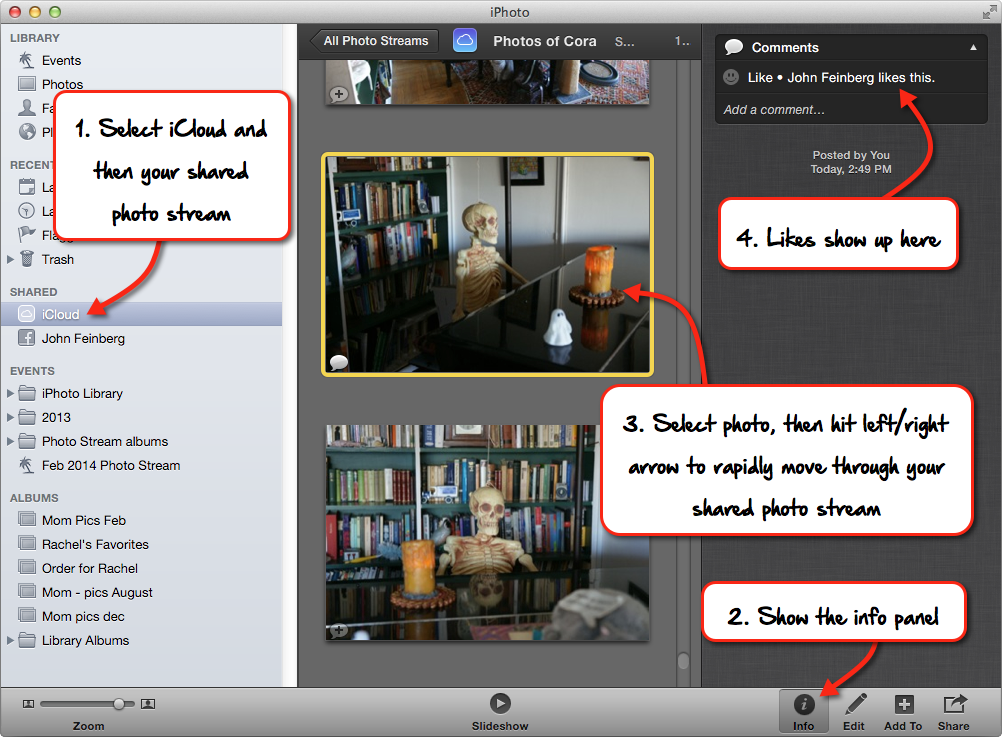

How to get your photos out of Apple Photos (iPhoto) Yes, you can do that! If you’ve been questioning your love for Apple Photos too, here’s a tutorial for breaking up. Long story short, I broke up with Apple Photos. You’re locked into iCloud (which for the record, Apple says is not meant to be used as a ‘backup’ program so there’s that). I use Amazon Cloud Drive, Google Photos, or Dropbox as my cloud backup providers, but I haven’t found a way to easily sync via the Photos program.

Simply put, it’s a collection of scaled-down versions of your photos, just big enough to fit the two-inch screen of the iPod Photo. You can scroll through hundreds of photos in seconds, thanks to this folder. As certain lucky-duck customers already know, it’s possible to take your entire photo collection in your pocket-and then display it on the screen of the iPod Photo (the first color iPod). iPhoto uses this folder for temporary storage of the files it creates while turning your pictures into a slideshow on DVD, as described in Chapter 12. This file-naming convention is strictly for iPhoto’s internal use you never see these numeric file names within iPhoto. This is because the photo bears its original file name, but the Data files are given a numeric sequence-234, 235, and so on-based on the order in which they were imported. You might notice that the two Data files (38 and 38.attr, for example) don’t correspond to the names of the JPEG photo files themselves (IMG_0023, for example).
Where are iphoto pics stored mac os x#
(To find your Home folder, begin in the Finder and choose Go → Home.) If the short name you use to log into Mac OS X is mozart, the full path to your iPhoto Library folder from the main hard drive window would be Macintosh HD → Users → mozart → Pictures → iPhoto Library. IPhoto stores its copies of your pictures in a special folder called iPhoto Library, which you can find in your Home → Pictures folder. In addition, iPhoto creates a separate thumbnail version of each picture, consuming about another 10 K to 20 K per photo. In other words, importing 1 GB of photos requires an additional 1 GB of disk space, because you’ll end up with two copies of each file: the original, and iPhoto’s copy of the photo.

As a result, transferring photos from your hard drive into iPhoto more than doubles the amount of disk space they take up. When you import from the hard drive, iPhoto leaves the originals in whichever folders they’re in. When you import from a camera, iPhoto leaves the photos right where they are on its memory card (unless you use the “Erase” option).


 0 kommentar(er)
0 kommentar(er)
